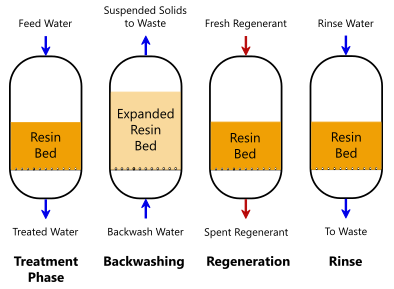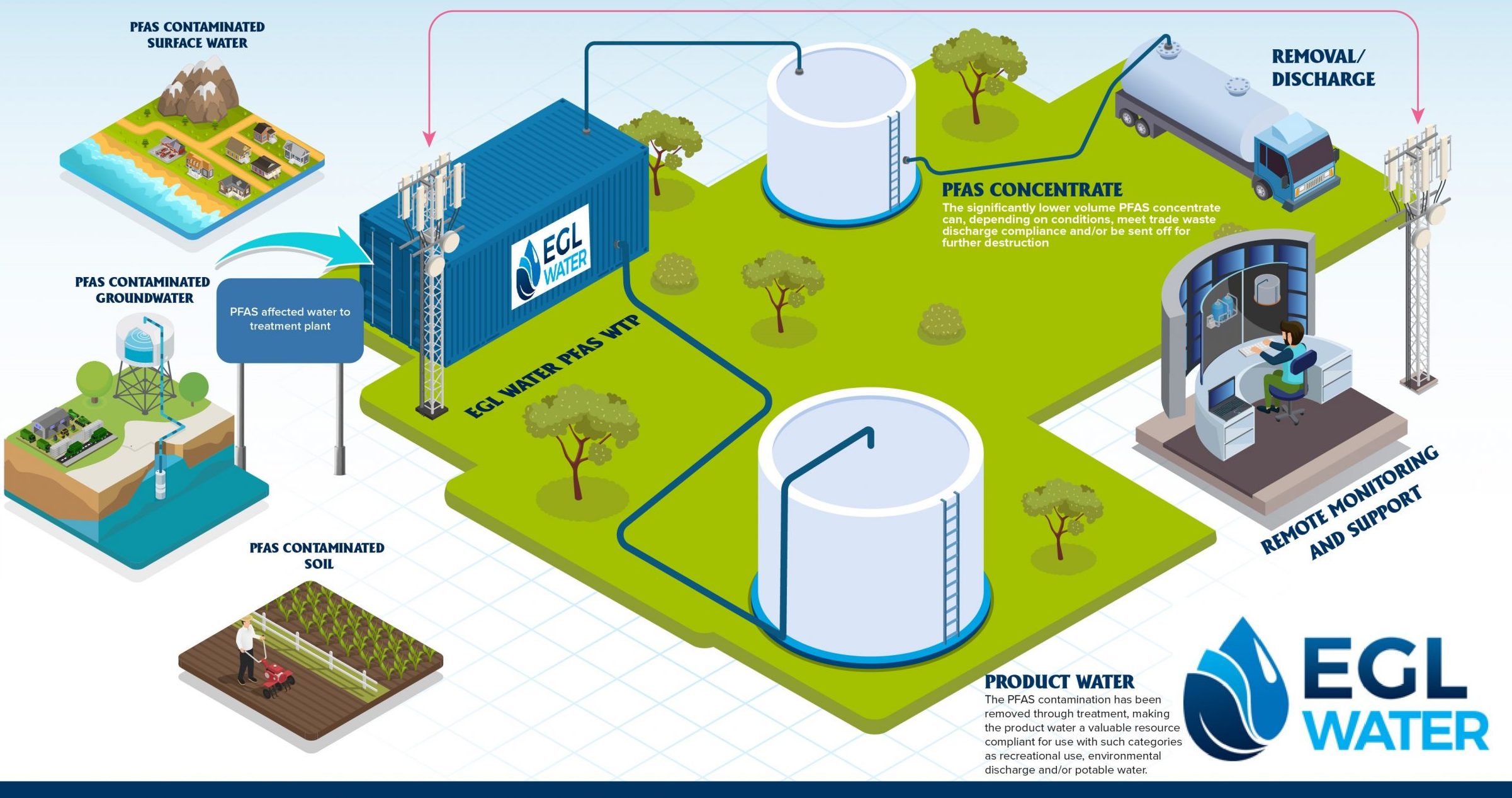Advanced Approaches for Reliable PFAS Contamination Removal
The relentless obstacle of PFAS contamination demands the exploration of innovative removal methods that can effectively attend to these dangerous compounds. Ingenious modern technologies, such as sophisticated oxidation processes and various adsorption methods, have emerged as encouraging services in mitigating PFAS from affected atmospheres. The duty of regulatory frameworks in shaping these modern technologies can not be ignored, as they dictate the rate and direction of remediation initiatives. As we examine these advanced techniques, it comes to be crucial to examine their useful applications and the more comprehensive ramifications for environmental wellness and policy.
Comprehending PFAS Residences
Although per- and polyfluoroalkyl compounds (PFAS) have actually been commonly made use of in different commercial and consumer items because of their one-of-a-kind properties, their persistence in the setting postures considerable obstacles to public wellness and safety and security. PFAS are a team of synthetic chemicals characterized by a carbon-fluorine bond, among the strongest chemical bonds understood, which adds to their outstanding stability and resistance to degradation. This security allows PFAS to gather in the setting and living organisms, resulting in prospective unfavorable wellness impacts.
These same buildings contribute to their ecological perseverance, as PFAS do not easily damage down through all-natural procedures. Understanding the chemical buildings of PFAS is vital for developing efficient techniques to take care of and minimize their environmental effect.
Ingenious Remediation Technologies
The persistence of PFAS in the environment has stimulated the growth of innovative removal modern technologies focused on effectively getting rid of these pollutants from impacted ecological communities. Among one of the most appealing methods are sophisticated oxidation procedures (AOPs), which utilize powerful oxidants to damage down PFAS substances into less dangerous materials. AOPs can be tailored to target details PFAS structures, improving their efficiency.
One more emerging technology is using adsorption media, such as triggered carbon and ion exchange materials, which can precisely catch PFAS from contaminated water. These products have shown substantial elimination effectiveness, although routine replacement and regeneration are essential to maintain efficiency.
Membrane layer filtering strategies, including reverse osmosis and nanofiltration, are additionally gaining grip in PFAS remediation. These approaches can efficiently separate PFAS from water, providing a sensible solution for treating polluted sources. In addition, thermal treatment techniques, such as incineration, can break down PFAS into safe results, though they need careful management to control emissions.
Jointly, these ingenious removal innovations represent substantial developments in the recurring fight versus PFAS contamination, providing numerous techniques to restore damaged settings and secure public health and wellness.

Bioremediation Methods
Bioremediation methods offer a promising technique to resolving PFAS contamination by utilizing the natural capacities of bacteria to degrade these persistent substances (m270 waste management). This approach includes making use of bacteria, fungi, and various other microorganisms that can metabolize or change PFAS materials right into much less unsafe results
Current improvements in molecular biology and ecological microbiology have actually enhanced our understanding of microbial areas and their potential duties in PFAS destruction. Researchers are proactively checking out certain strains of microorganisms, such as Pseudomonas and Bacillus, which have actually shown the capacity to damage down specific PFAS compounds.
Sitting bioremediation techniques, where microorganisms are boosted directly in infected settings, can be particularly reliable. This method usually involves the application of nutrients or electron benefactors to advertise microbial development and activity. Furthermore, ex lover situ techniques, such as bioreactors, enable regulated conditions that can optimize deterioration prices.
Despite the pledge of bioremediation, obstacles remain, consisting of the intricate nature of PFAS compounds and the need for comprehensive area screening - m270 waste management. Continued research and advancement will certainly be important to refine these techniques and evaluate their performance in diverse environmental contexts
Adsorption and Purification Methods
Resolving PFAS contamination frequently entails utilizing adsorption and purification approaches, which are created to get rid of these persistent chemicals from water and dirt. Among the numerous techniques, activated carbon adsorption is useful link extensively used as a result of its high surface area and porosity, allowing reliable trapping of PFAS particles. Granular activated carbon (GAC) systems are specifically preferred for dealing with huge quantities of polluted my company water, while powdered activated carbon (SPECIAL-INTEREST GROUP) can be utilized for smaller-scale applications.
Ion exchange materials also reveal guarantee in PFAS removal, functioning by exchanging PFAS ions with much less dangerous ions in the water. This technique has actually demonstrated efficiency in concentrating PFAS compounds, facilitating their succeeding removal. In addition, membrane filtering techniques, such as reverse osmosis and nanofiltration, operate by utilizing semi-permeable membranes to different PFAS from water, properly minimizing their concentrations.
While these approaches are effective, they have to be carefully picked based upon the certain PFAS substances present and the ecological context. Continual developments in materials science and design are leading to the growth of novel adsorbents and filtering systems that improve removal performances and minimize functional prices, thus enhancing general removal efforts.
Regulatory and Policy Considerations
Just how can effective governing structures boost the administration of PFAS contamination? Thorough plans are necessary to guarantee a collaborated and durable action to the obstacles presented by per- and polyfluoroalkyl materials (PFAS) Rules can develop clear guidelines for monitoring, reporting, and remediating PFAS-contaminated sites, cultivating responsibility Get More Information among sectors and public entities. (m270 waste management)

On top of that, monetary rewards and grants can be incorporated right into plans to urge the adoption of sophisticated removal modern technologies. Policymakers should also prioritize research study and growth, making certain that emerging methods for PFAS removal are verified and applied effectively.
Additionally, public awareness and involvement are important parts of any kind of governing strategy, empowering areas to promote for their health and wellness. Eventually, a well-structured regulatory environment will not only enhance the administration of PFAS contamination however also promote sustainable methods that secure future generations.
Final Thought
In summary, the complexity of PFAS contamination demands the fostering of sophisticated removal techniques. Continued research and development in this field continue to be critical to dealing with the difficulties positioned by PFAS contamination.